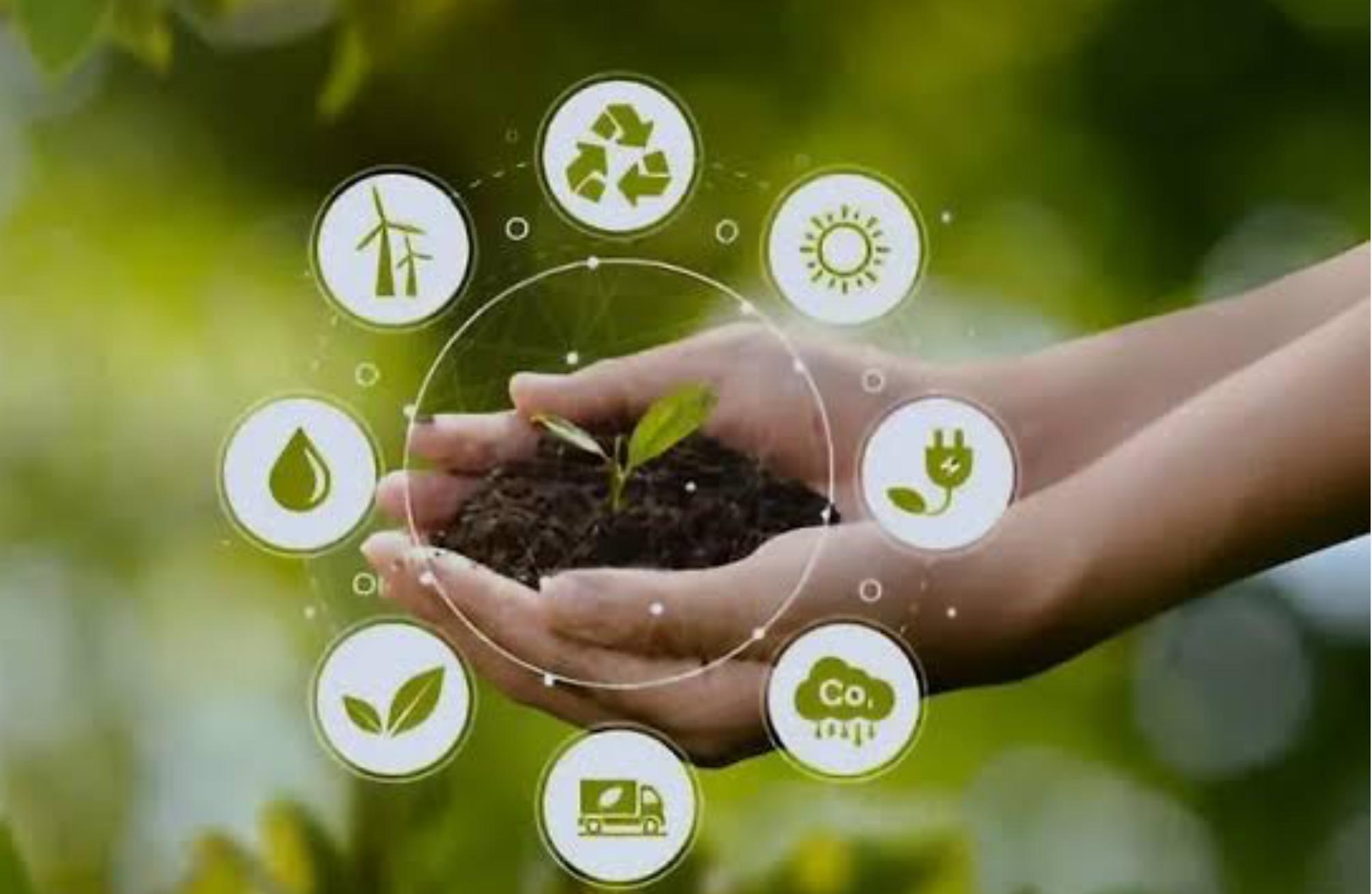1. Mindful Energy Use
-
Switch to Renewables: If available in your area, opt for green energy plans that source electricity from wind, solar, or hydropower. Many utilities now offer tiered programs that allow households to choose a higher percentage of renewable energy.
-
Upgrade to Efficient Appliances: Look for the ENERGY STAR® label when replacing refrigerators, washing machines, air conditioners, or other major appliances. These models use up to 50% less energy and water than standard equivalents.
-
Smart Home Controls: Programmable thermostats and smart plugs can optimize heating, cooling, and lighting schedules, preventing wasted energy when you’re away or asleep. Even small adjustments—like lowering your thermostat by 1–2°F in winter—can cut your heating bill and carbon emissions by up to 5%.
2. Water Conservation
-
Low-Flow Fixtures: Installing low-flow showerheads and faucet aerators can reduce water use by as much as 30–50% without sacrificing performance.
-
Fix Leaks Promptly: A single leaky faucet can waste hundreds of gallons per year. Regularly check for drips and replace worn-out washers or seals.
-
Rainwater Harvesting: Collecting rainwater in barrels or cisterns provides an eco-friendly source for outdoor watering, car washing, or even indoor nonpotable uses (toilet flushing, laundry) if local regulations permit.
3. The Three Rs: Reduce, Reuse, Recycle
-
Reduce
-
Mindful Consumption: Before purchasing, ask whether you truly need the item. Avoid single-use goods by opting for durable alternatives—think stainless-steel water bottles, glass storage containers, or cloth shopping bags.
-
Minimal Packaging: Support brands that use minimal, compostable, or recyclable packaging. Bulk stores and refill stations can help you avoid excess plastic.
-
-
Reuse
-
Repurpose and Repair: Extend the life of clothing, electronics, and household items through mending, refurbishing, or donating. Swap clothes with friends, repair gadgets with DIY kits, or upcycle furniture with simple paint and hardware updates.
-
-
Recycle
-
Know Your Local Guidelines: Recycling programs vary widely by municipality. Familiarize yourself with accepted materials and proper sorting practices to avoid contamination.
-
E-Waste and Specialty Recycling: Discard batteries, electronics, light bulbs, and hazardous materials through dedicated drop-off locations or mail-back services.
-
4. Sustainable Transportation
-
Active Commuting: Whenever possible, choose walking, cycling, or electric scooters. Beyond reducing emissions, these modes improve cardiovascular health and reduce traffic congestion.
-
Public Transit & Carpooling: Buses, trains, and carpools dramatically lower per-person emissions. If public transit isn’t feasible, consider ride-sharing or scheduled carpool networks in your community.
-
Fuel-Efficient Vehicles: If you drive, select high-mileage or hybrid models. Fully electric cars produce zero tailpipe emissions and can be powered by renewable electricity. Be mindful of battery sourcing and end-of-life recycling programs when making your choice.
5. Eco-Friendly Home & Garden
-
Green Building Materials: When renovating or building, choose sustainable materials like reclaimed wood, bamboo flooring, or low-VOC paints and finishes. These options reduce deforestation and indoor air pollution.
-
Native Landscaping: Planting indigenous species conserves water, supports local wildlife, and requires less fertilizer or pesticide input. Consider creating a pollinator garden to nurture bees, butterflies, and other beneficial insects.
-
Composting: Transform kitchen scraps and yard waste into nutrient-rich compost. A backyard bin or worm (vermicomposting) system can reduce landfill contribution while enriching your soil naturally.
6. Conscious Consumption & Diet
-
Plant-Forward Eating: Reducing meat and dairy intake—even a few days per week—lowers greenhouse gas emissions, conserves water, and often improves health outcomes. Incorporate legumes, grains, and seasonal vegetables to diversify your diet.
-
Support Ethical Brands: Look for certifications like Fair Trade, Rainforest Alliance, or B Corp when purchasing coffee, chocolate, clothing, or personal care items. These labels indicate higher environmental and social standards.
-
Local and Seasonal Produce: Sourcing food from nearby farms cuts transportation emissions (food miles) and strengthens local economies. Farmers’ markets, community-supported agriculture (CSA) boxes, and farm-to-table co-ops are great avenues to explore.
7. Community Engagement & Advocacy
-
Educate and Inspire: Share your sustainable living experiences with friends, family, and neighbors. Host clothing swap parties, or start a community garden to foster collective action.
-
Support Policy Change: Advocate for policies that promote renewable energy, public transit expansion, plastic bans, or green building incentives. Engage with local decision-makers through town halls, petitions, or volunteer opportunities.
-
Volunteer & Donate: Contribute your time or resources to environmental nonprofits, restoration projects, or clean-up events. Collective efforts amplify individual choices and drive systemic change.
Conclusion
Sustainable living isn’t about perfection—it’s about progress. Every action, from unplugging idle electronics to choosing a plant-based meal, contributes to healthier ecosystems and communities. By integrating these practices into our daily routines and supporting broader policy reforms, we pave the way for a future where both people and planet can thrive. Start small, stay curious, and remember: the choices we make today shape the world of tomorrow.

